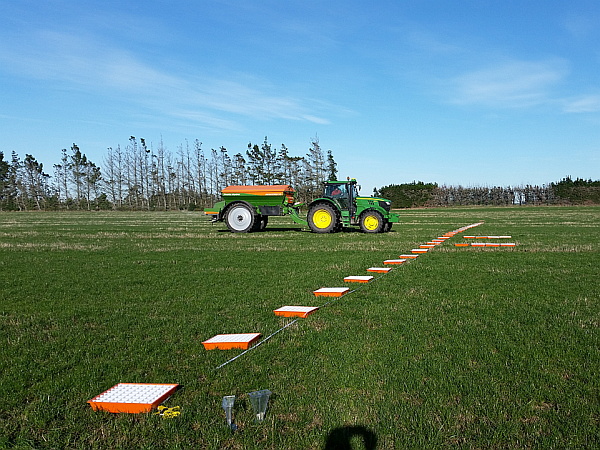Smart Biology – Trial on your own Farm
There has been a phenomenal growth of biostimulants and biological fertilisers. A wide range of claims are made for these products and it can be hard for farmers and growers to tell fact from fiction. Unfortunately, there is no rule of thumb or other simple way to separate good from bogus products: the only way is to do experimental trials.
The good news is that you don’t need lots of expensive research equipment for such experiments – the best place to do them is on your crops, your pasture and your stock. This is because in many cases, the effects of the products are highly climate, soil, plant and animal specific – what works on one farm may not work on others.
The answers you get will also have the highest level of applicability to your business. This is also why you should be wary of experimental results that weren’t done on a production system similar to your own property – they may be meaningless to your property.
Conducting your own experiments is also not that difficult. There are some key things to get right including: treatments; a null control; the right duration; make sure it’s randomised and replicated, and measure what matters.
While there is a bit to learn to get such experiments right, it is not rocket science, and when you do your own experiments you can also discover a lot more about your farming and growing systems which can help you run your business better plus it puts more power in your hands.
For more information, see the on-line FFC Bulletin article or download as a pdf.
























 We have been trying to determine factors controlling plant density, flowering, pod number, pea number and fill in process crops. Unlike seed peas, vining peas are harvested before the life cycle is complete. Any variation in maturity causes yield loss – both quantity and quality.
We have been trying to determine factors controlling plant density, flowering, pod number, pea number and fill in process crops. Unlike seed peas, vining peas are harvested before the life cycle is complete. Any variation in maturity causes yield loss – both quantity and quality.

 Tray layout for a spreader pattern test
Tray layout for a spreader pattern test